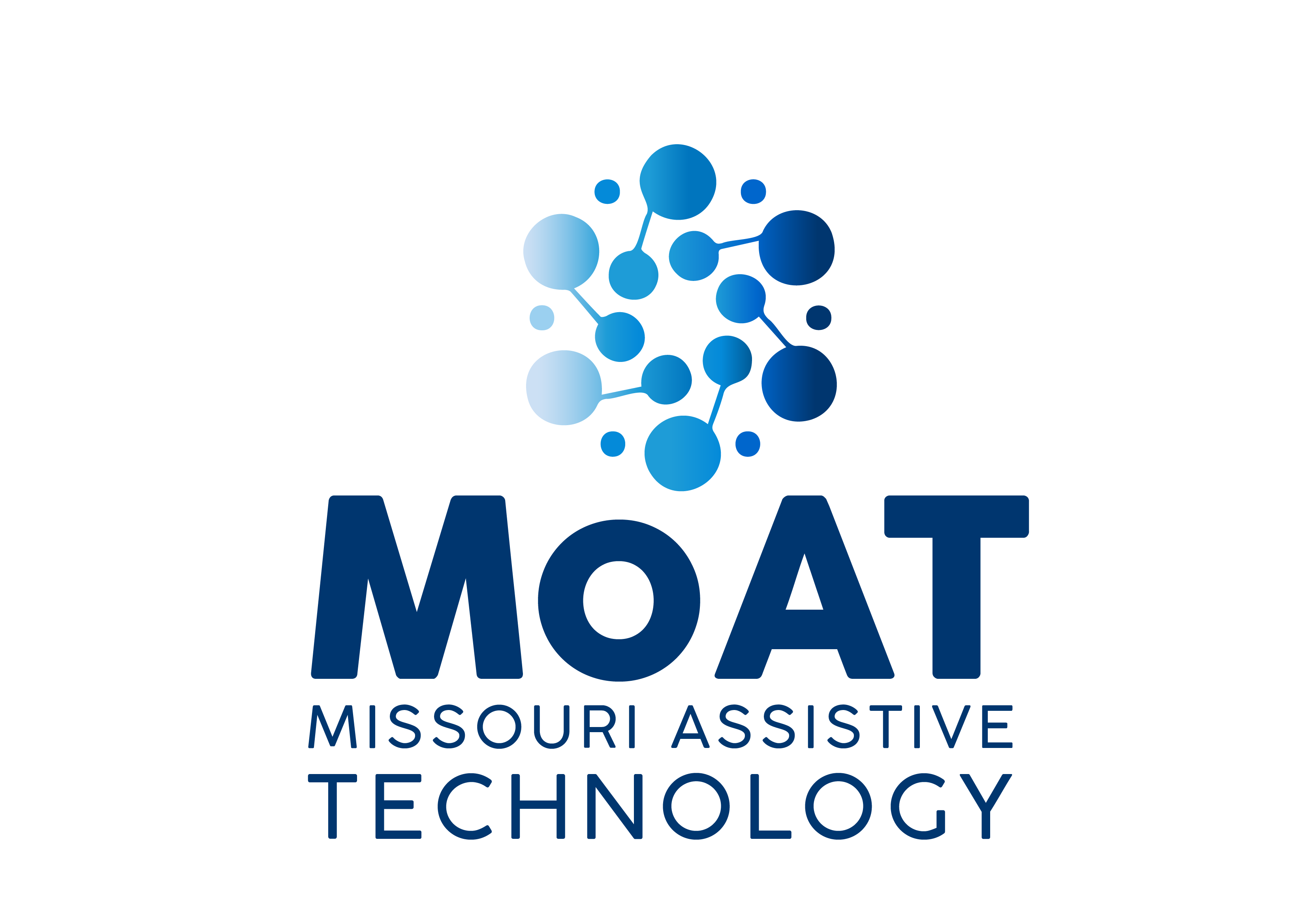Under what conditions can a school require parents to use their insurance to pay for assistive technology devices that are needed for the child’s education?
Parents do NOT have to make use of their health insurance if they would incur any financial loss in the process. Schools are required to provide a free appropriate public education to students. This means that devices or services related to a child’s education must be provided by the school “without charge” or “without cost.”
The U.S. Department of Education issued a regulation on this issue in the Federal Register on December 30, 1980. It states that proceeds of insurance must NOT be taken by school districts when parents will face a realistic threat of financial loss. Financial loss includes, but is not limited to, the following:
Issues for Parents
While the above policy is very clear, there are some issues to consider in its implementation:
Many children will incur expensive medical costs due to illness or injury over the years in which they are enrolled on their parent’s medical insurance. Therefore, parents should be very careful about considering private insurance billing for special education related services by the local school district.
Take Home Policy
Can assistive technology aids or equipment be limited to in-school use?
A policy letter from the federal Office of special Education Programs (OSEP) clearly states no.
An OSEP policy letter was sent in response to a parent who had asked that her child’s school provide a CCTV for his use at home. The CCTV (closed-circuit television) is an electronic enlarging device that enlarges images and increases contrast. The student was visually impaired, and needed the device for completing homework, reading books and finishing any assignments from school.
The policy letter, dated November 1991, stated : “If the Individualized Education Program (IEP) team determines that a particular assistive technology device item is required for home use in order for a particular child to be provided FAPE (free appropriate public education), the technology must be provided to implement the IEP.”
School systems cannot categorically deny any request that assistive technology go home, for reasons including the lack of adequate property insurance coverage. Each decision must be made on a case-by-case basis, recognizing each child’s strengths and weaknesses in an educational context.
A school’s responsibility for providing assistive technology at home is limited to those devices which are needed for a student to pursue his or her educational objectives. Schools may offer other alternatives to allow for activities to be performed at home rather than providing assistive technology so long as such alternatives are appropriate.
For example, alternatives that might allow a student with a vision impairment to access print at home could be to provide all materials in large print or on audio cassette in lieu of providing a CCTV for home use. Similarly, for a student who is unable to write, an adapted computer may be used to generate print, while another alternative might be for the student to dictate assignments. Decisions regarding which alternative is appropriate must consider the educational activities to be performed or to be completed at home.
In the example of the student unable to write, dictation might be appropriate for short daily assignments, but inappropriate for longer written work. Again, decisions about providing assistive technology at home must be made on a case-by-case basis.

